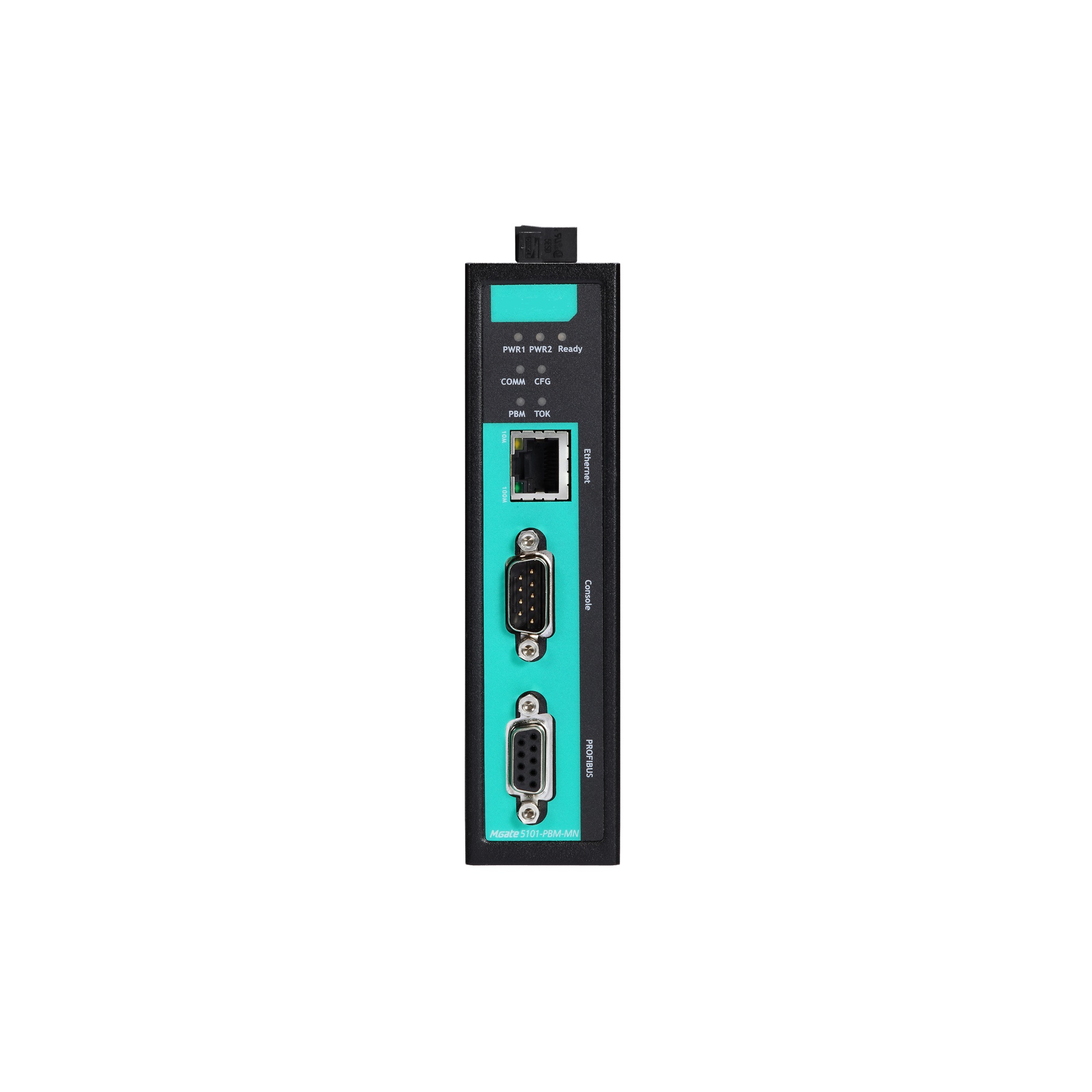Picture this: you’re at a manufacturing plant, and the automation systems suddenly fail. It’s a common scenario that can cost companies huge amounts. Why do failures always occur during critical operations? A sizable chunk of those challenges can often be traced back to outdated systems, specifically traditional valve terminals. The valve terminal is an essential component that controls fluid systems, yet many users struggle with inefficiencies that lead to downtime.

The Flaws in Traditional Solutions
It’s no secret that traditional valve terminal solutions come with their share of flaws. Usually, they are bulky and require significant maintenance—sometimes more than what’s practical for production. Who really wants to deal with clogged lines or mechanical failures when production needs to run smooth? Traditional systems often don’t collaborate well with modern tech, leaving gaps that can delay project timelines.
Exploring New Technologies
Now, let’s dive into how new technologies are turning the tables. Modern valve terminals, like the solenoid valve terminal, utilize advanced electronics to ensure better compatibility and efficiency. The smart designs allow for greater responsiveness, cutting down on manual interactions and errors. Look, it’s simpler than you think—a more integrated approach can save both space and time.
User Benefits You Can Count On
Quantified user benefits are hard to ignore. Imagine cutting down your maintenance costs by 30% while simultaneously increasing your production rate. With the latest valve terminals, companies are seeing improved energy efficiency and streamlined operations. Investing in modern solutions not only ensures better productivity but also a significant boost in reliability.
Evaluating Your Options
Before choosing any solutions, always verify these 3 metrics: ① Efficiency—how much energy does it save? ② Compatibility—can it easily integrate with existing systems? ③ Maintenance—what’s the upkeep like? Make informed decisions that will set your operations on a path to success.
Delving into Solenoid Valve Terminals
When considering the options within valve terminals, let’s focus on the solenoid valve terminal. These devices play an indispensable role in automating fluid control. A solenoid valve terminal controls the flow of fluids within systems using electromagnetic mechanisms, boasting quick response times and minimal power consumption. Have you experienced the frustrations of slower systems? Upgrading to a solenoid version can feel like a breath of fresh air—you’ll notice the difference immediately.

Understanding Bus Valve Terminals
In addition, explore the benefits of the bus valve terminal. This component allows for an efficient and organized way to manage multiple valves over a single communication line, drastically reducing wiring complexity. Why complicate things when you can switch to a bus system that integrates easily with automation protocols? It simplifies the overall architecture and promotes ease of maintenance, ensuring that operations run without a hitch.
Why Choose DECOWELL?
In summary, investing in modern valve terminal solutions can revolutionize operation efficiency. Opting for brands like DECOWELL guarantees high-quality manufacturing and supply advantages that propel your systems into the new era. You deserve solutions that work for you and help avoid the costly pitfalls of outdated technology. Let’s make automation seamless together!
